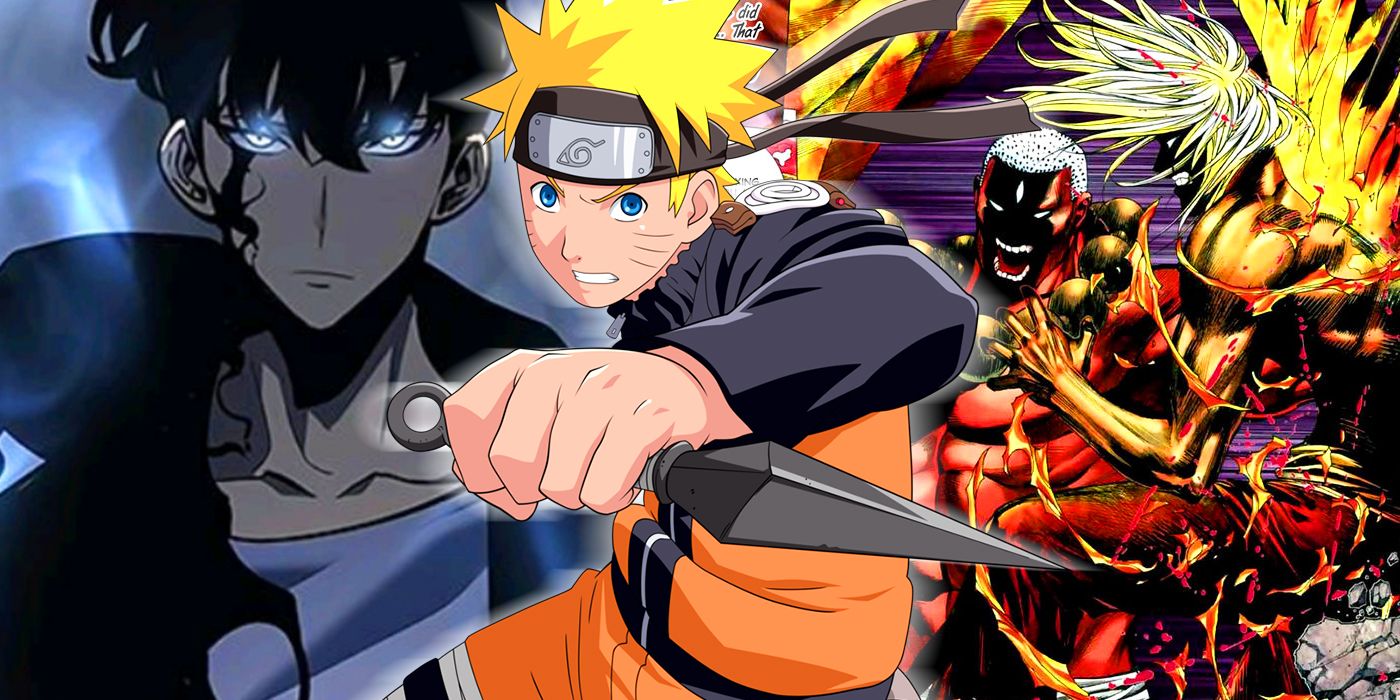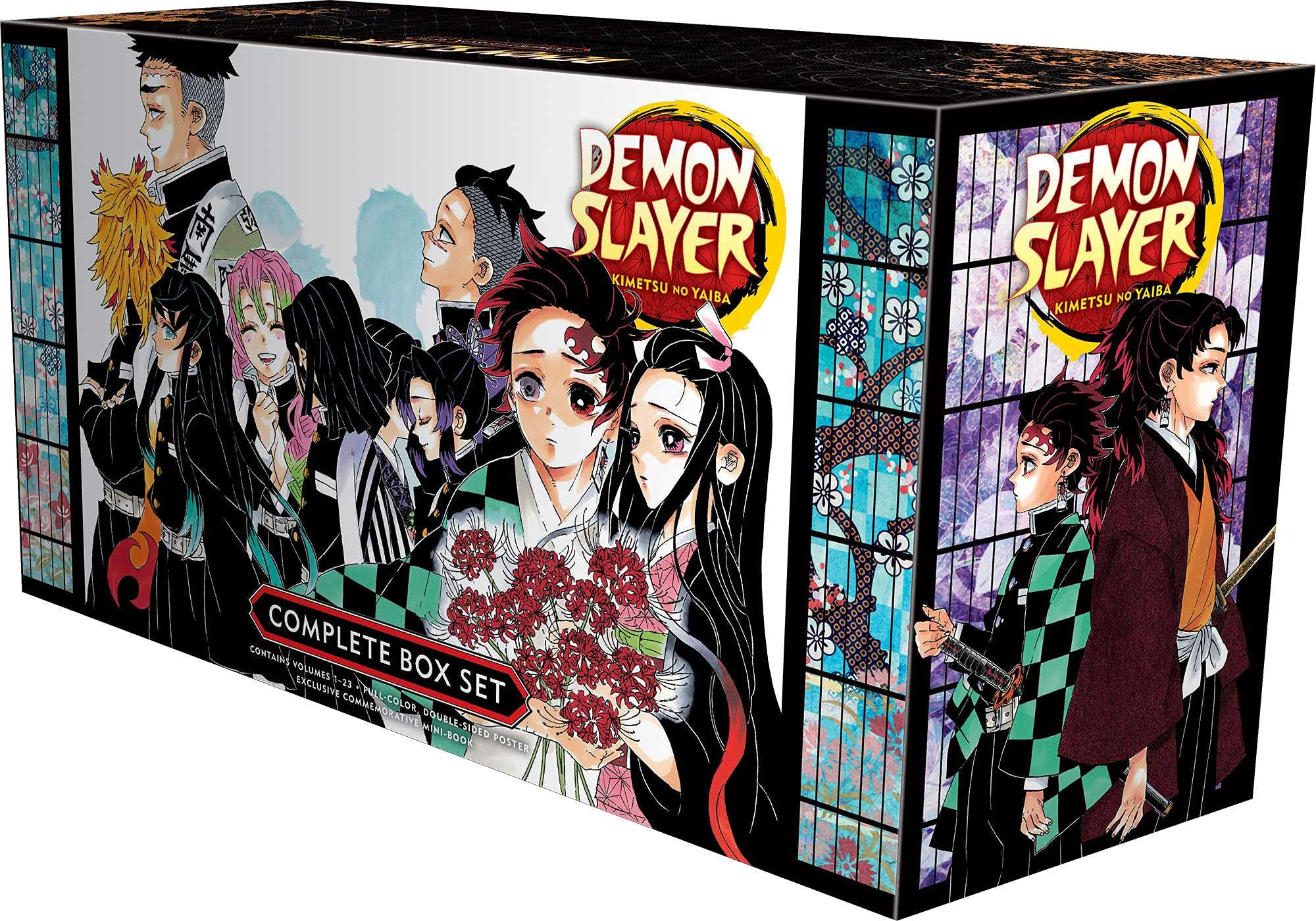Define the relationship manga – Define the Relationship: Manga – Yo, what’s up, comic book nerds? Ever wondered about the crazy connection between manga and, like, everything? From its wild origins in Japan to its total takeover of the global pop culture scene, manga’s impact is, like, seriously off the charts. We’re diving deep into this rad world, exploring its history, its art, its stories, and how it totally connects with its fans.
Get ready to geek out!
We’ll break down the different styles of manga—shonen, shojo, seinen, josei—and how they reflect different aspects of Japanese culture and society. We’ll also explore how manga gets adapted into anime, movies, and video games, and how its popularity varies across different countries. Plus, we’ll examine the super strong bonds between manga and its readers, looking at how it influences their identities and builds awesome communities.
It’s gonna be epic.
Defining Manga: Define The Relationship Manga
Manga, a term encompassing Japanese comics, boasts a rich history and unique characteristics that set it apart from Western comics and graphic novels. Its origins trace back to the late 19th century, evolving from ukiyo-e woodblock prints and Western comic strips. This evolution has resulted in a diverse range of styles and storytelling techniques, appealing to a global audience.
Manga’s Key Characteristics and Origins
Manga is characterized by its distinctive art style, often featuring large expressive eyes, dynamic action sequences, and a wide array of emotional expressions. Early influences included works like Rakuten Kitazawa’s cartoons, which incorporated elements of humor and satire. The post-World War II period saw the emergence of key figures like Osamu Tezuka, whose work significantly shaped the modern manga aesthetic and storytelling conventions.
Differences Between Manga and Other Comics
While sharing similarities with Western comics and graphic novels, manga differs in several key aspects. The reading direction is right-to-left, opposite to the left-to-right format common in the West. Manga art styles are often more stylized and expressive, and the narrative structures can be more complex and serialized, often running for hundreds of chapters.
Comparison of Manga Art Styles
Manga encompasses a variety of distinct art styles catering to different target audiences. Shonen manga, typically aimed at young boys, often features action-packed adventures and superhero themes. Shojo manga, targeting young girls, frequently focuses on romance, drama, and interpersonal relationships. Seinen manga, for young men, explores more mature themes and complex narratives, while Josei manga, aimed at adult women, delves into realistic portrayals of adult life and relationships.
Typical Narrative Structures and Themes
Manga narratives frequently employ serialized storytelling, unfolding over numerous chapters or volumes. Common themes include adventure, romance, fantasy, sci-fi, horror, and slice-of-life. Many manga utilize archetypal characters and explore universal themes of friendship, love, loss, and self-discovery. The use of flashbacks, foreshadowing, and cliffhangers are common techniques to maintain reader engagement.
Manga’s Relationship with Japanese Culture
Manga is deeply interwoven with Japanese culture, reflecting and shaping its values, beliefs, and societal norms. Its influence spans generations, impacting various aspects of Japanese life, from entertainment and fashion to social commentary and political discourse.
Manga’s Role in Japanese Society
Historically, manga served as a form of popular entertainment, providing escapism and social commentary. Today, it remains a dominant force in Japanese media, with a vast industry encompassing publishing, animation, merchandise, and more. Manga’s pervasive presence in Japanese society reflects its cultural significance and its ability to connect with diverse audiences.
Cultural Influences on Manga
Japanese folklore, mythology, history, and contemporary social issues significantly influence manga themes and storytelling. Elements of traditional Japanese art, such as ukiyo-e, can be seen in the stylistic choices of many manga artists. The concept of “kawaii” (cuteness) is frequently incorporated into character design and overall aesthetic.
Timeline of Manga’s Evolution
A timeline showcasing the evolution of manga would include key milestones such as the rise of Osamu Tezuka in the post-war era, the emergence of distinct genres, and the global expansion of manga in recent decades. Influential creators like Go Nagai, Rumiko Takahashi, and Eiichiro Oda have left indelible marks on the medium, shaping its artistic styles and narrative approaches.
Manga’s Global Impact and Reception
Manga’s global popularity is undeniable, transcending cultural boundaries and captivating audiences worldwide. Its success stems from its diverse storytelling, engaging characters, and distinctive artistic style. The adaptation of manga into other media further amplifies its reach and influence.
Global Popularity and Adaptation, Define the relationship manga

Manga’s international success is evident in its widespread translation and distribution across numerous countries. Adaptations into anime, live-action films, and video games have expanded its reach to even broader audiences, introducing new fans to the world of manga. The global popularity of specific manga series, like One Piece and Attack on Titan, demonstrates its international appeal.
International Reception of Manga
While generally well-received globally, the reception of manga varies across different countries and cultures. Certain themes or stylistic choices may resonate more strongly with specific audiences, while others may face censorship or cultural adaptations. The localization process, including translation and adaptation of cultural references, plays a crucial role in manga’s reception in different markets.
Popularity of Manga Genres Across Regions
The popularity of different manga genres varies significantly across different regions. For example, action and adventure manga may be more popular in North America, while romance and slice-of-life manga might be more prevalent in Europe. This table provides a simplified example, and actual data would require extensive market research.
| Genre | North America | Europe | Asia (excluding Japan) |
|---|---|---|---|
| Shonen Action | High | Medium | High |
| Shojo Romance | Medium | High | Medium |
| Seinen Drama | Medium | Medium | Low |
| Josei Slice-of-Life | Low | Medium | Medium |
The Relationship Between Manga and its Readers

The connection between manga and its readers is often profound and deeply personal. Readers frequently develop strong emotional bonds with characters and stories, impacting their personal identities and perspectives. This connection fosters a vibrant and engaged community of fans.
Notice boruto manga viz for recommendations and other broad suggestions.
Emotional Connections and Personal Impact
Many readers form strong emotional attachments to manga characters, identifying with their struggles, celebrating their triumphs, and experiencing their losses. The narratives and themes explored in manga can profoundly influence readers’ understanding of themselves and the world around them, shaping their values and perspectives.
Manga and Community Building
Manga fosters a sense of community among its fans through various avenues. Shared experiences, discussions, and fan creations strengthen the bonds between readers, creating a supportive and inclusive environment. This sense of community extends beyond geographical boundaries, connecting fans worldwide.
Ways Manga Readers Interact
- Online forums and social media groups
- Manga conventions and events
- Fan art and fanfiction creation
- Cosplay and other forms of fan engagement
- Online fan communities dedicated to specific manga series
Manga’s Artistic and Narrative Techniques
Manga employs a unique array of artistic and narrative techniques to create compelling and engaging stories. These techniques contribute to the distinctive visual language and storytelling style that characterizes the medium.
Unique Artistic Techniques
Manga artists utilize various techniques to enhance visual storytelling. Speed lines depict motion and speed, while screentones add texture and depth to the artwork. Panel layouts vary significantly, influencing the pacing and emotional impact of the narrative. The use of close-ups, wide shots, and point-of-view shots contribute to the dynamism and expressiveness of the visuals.
Narrative Techniques
Manga often incorporates sophisticated narrative techniques to deepen the story’s impact. Flashbacks provide context and background information, while foreshadowing creates suspense and anticipation. The use of unreliable narrators can add layers of complexity and ambiguity to the narrative, challenging the reader’s understanding of events.
Visual Metaphors and Symbolism
Manga effectively utilizes visual metaphors and symbolism to convey deeper meanings and emotions. Specific imagery, character design choices, and symbolic objects contribute to the overall thematic resonance of the story. The interpretation of these symbols often enhances the reader’s engagement with the narrative.
Detailed Description of a Manga Panel
Imagine a panel depicting a character standing alone on a rain-swept street at night. The character is silhouetted against a backdrop of neon lights reflecting on wet pavement. Rain streaks down the panel, emphasized by thick, dark lines. The character’s posture is slumped, their head bowed, conveying a sense of despair and loneliness. The limited color palette, consisting mainly of blues and blacks, accentuates the melancholic mood.
The panel’s composition, with the character isolated in the center, emphasizes their isolation and vulnerability. This panel uses visual elements to convey a complex emotional state without the need for explicit dialogue.
So, yeah, manga isn’t just about cool drawings and awesome stories; it’s a total cultural phenomenon. From its roots in Japanese history to its global domination, manga’s influence is undeniable. It’s a vibrant art form that connects with readers on a deep emotional level, forging communities and shaping perspectives. Whether you’re a seasoned manga pro or a curious newbie, we hope this exploration has given you a fresh perspective on this totally awesome world.
Now go forth and read some manga!



